The Rake Dispatch: Marrakech, Morocco
As one of North Africa’s cultural hubs, Marrakech offers travellers a share of dynamic and traditional experiences, all within its mysterious rose-coloured walls. It is a city that has attracted the attention of the Jet-Set for more than a century.

As one of North Africa’s cultural hubs, Marrakech offers travellers a share of dynamic and traditional experiences, all within its mysterious rose-coloured walls. It is a city that has attracted the attention of the Jet-Set for more than a century, favoured by Sir Winston Churchill (he would visit to paint) as well as fashion designer Yves Saint Laurent - who owned a home here. The senses are flared by the movement of the Medina, the hustle in the Djemaa El-Fna square, the smell of bubbling tagine pots and ras el hanout. It is a place that feels alive, authentic, but by no means stressful to navigate. Marrakech is also a perfect winter escape, with temperatures that are warm but bearable - unlike in the middle of their harsh summer. Before you visit, and inevitably fall in love, this is The Rake’s reliable guide on where to go, where to stay, and what to eat in Marrakech.
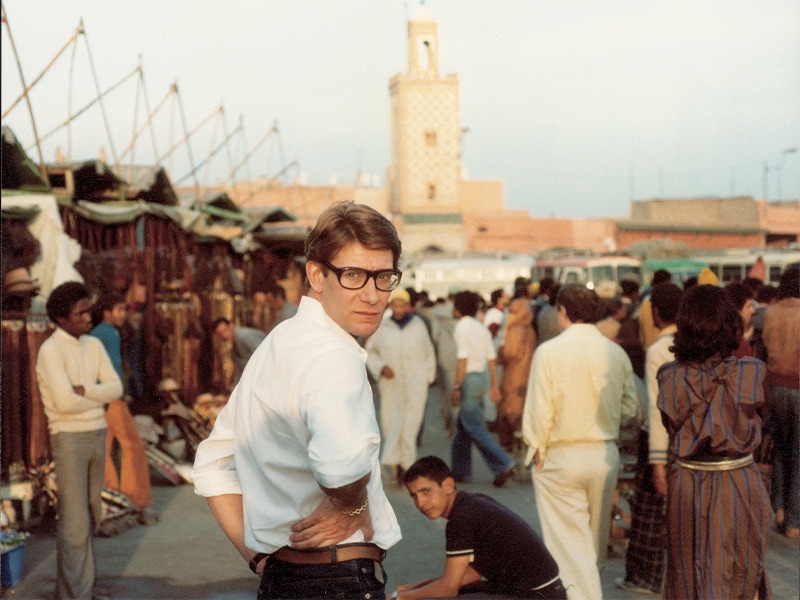
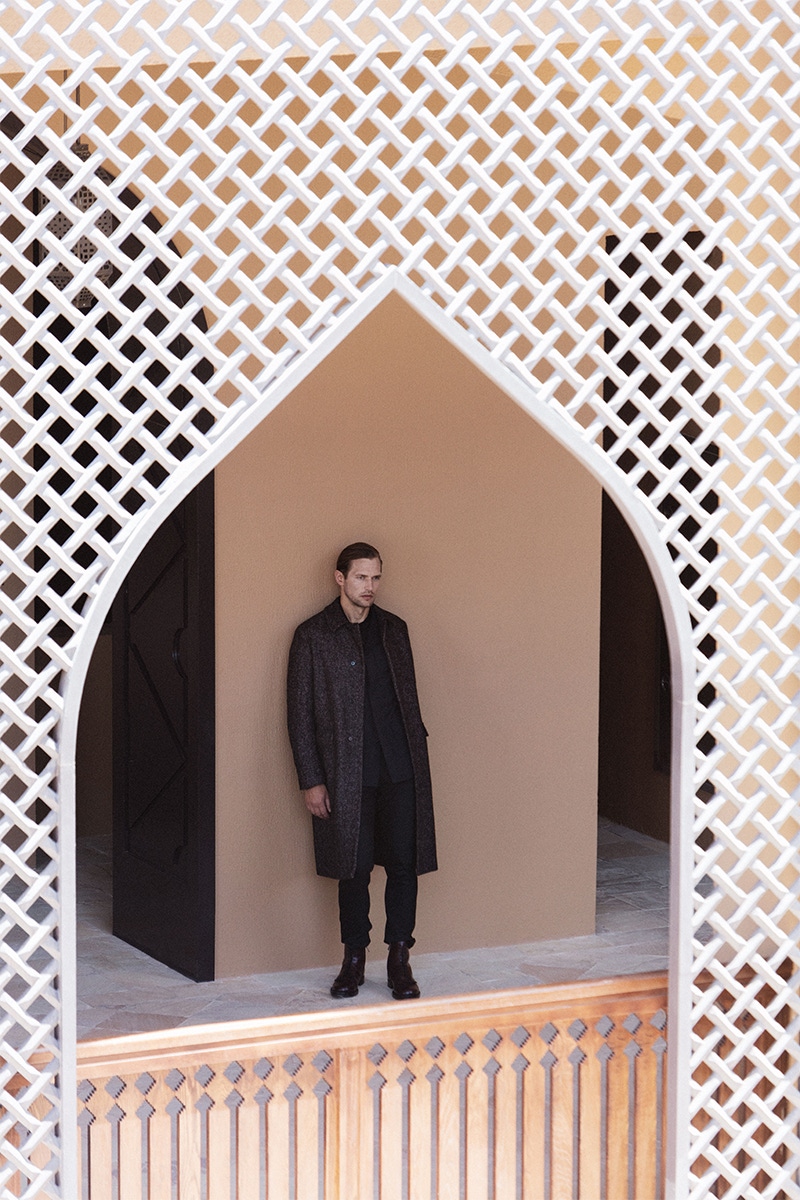
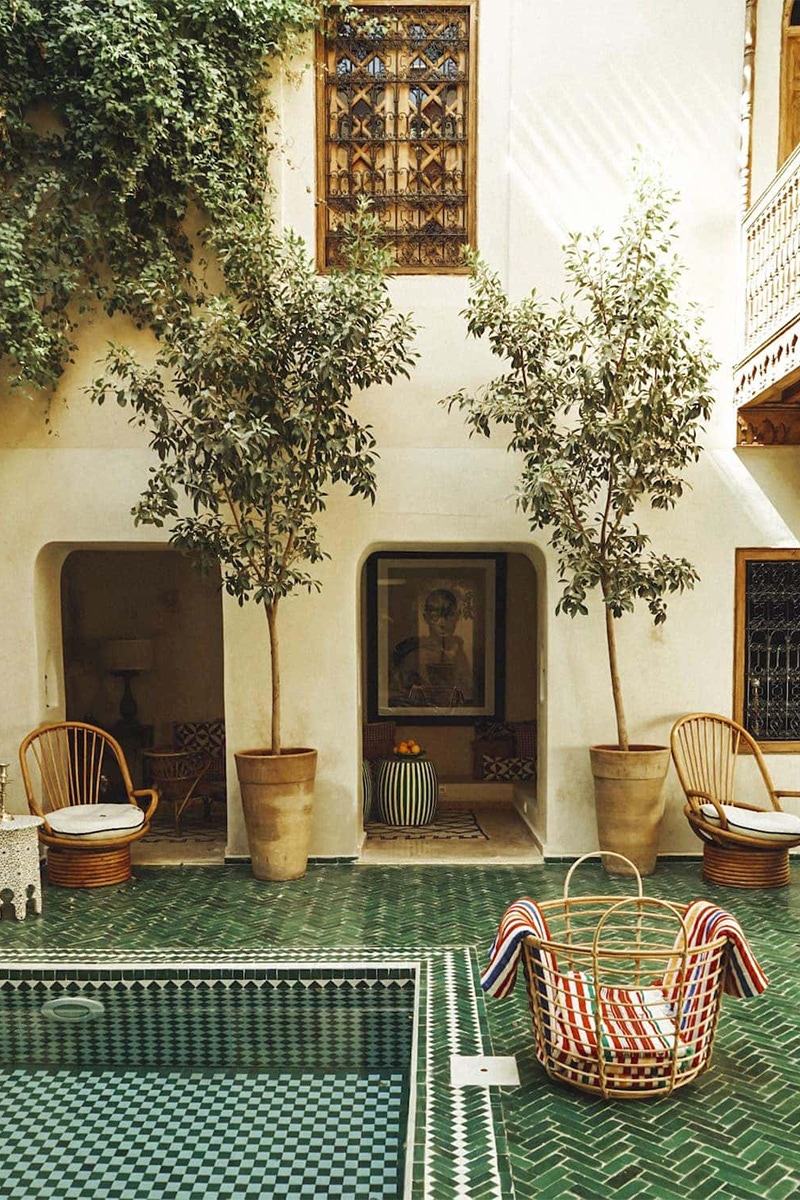
WHERE TO STAY
In the heart of the Medina, El Fenn combines luxury with authenticity. It is an oasis of peace in the middle of the bustling markets, offering you proximity to the sites, as well as convenient amenities like a swimming pool, a large roof terrace, cocktail bars, and restaurants. The design is a mix of Old World Marrakech and the finest boutique stays in the world—becoming a home away from home for the well-heeled. Speaking of peace, if you plan on doing day trips to the city, and would rather reside in the breathtaking vistas of the Atlas Mountains, the Kasbah Tamadot is our suggestion. Owned by Sir Richard Branson, the site (which appears like an old Berber fort) is perched dramatically on the edge of a valley. Guests can choose to stay in a room or supremely luxurious Berber tented suits, dotted throughout the landscaped gardens.
WHERE TO EAT
Marrakech is undergoing a food revolution—thanks to a spate of openings by renowned restaurateur Kamal Laftimi. His Nomad is set over four floors in the Medina, and is a fashionable, contemporary address that offers modern versions of local cuisine; like the juicy Moroccan lamb burgers. For a more refined and glamorous restaurant, La Maison Arabe is set in a romantic riad, with upscaled Berber dishes and a famous vegetable tagine. But many of Marrakech’s culinary charms are ground level: it’s worth seeking out tangia (a stew cooked for hours in an earthen pot) at Mechoui Alley, where you will find locals queuing to sit and eat. It is the long-established site to eat tangia, as well as other local specialties.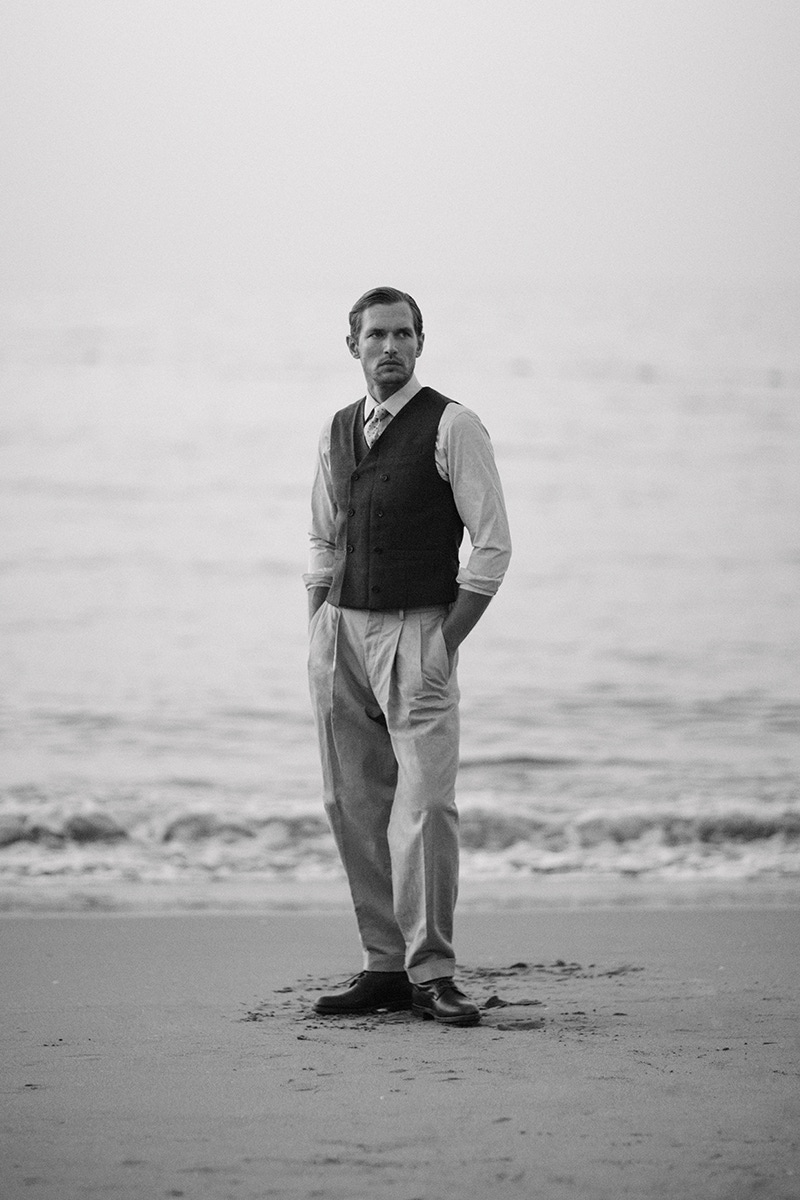
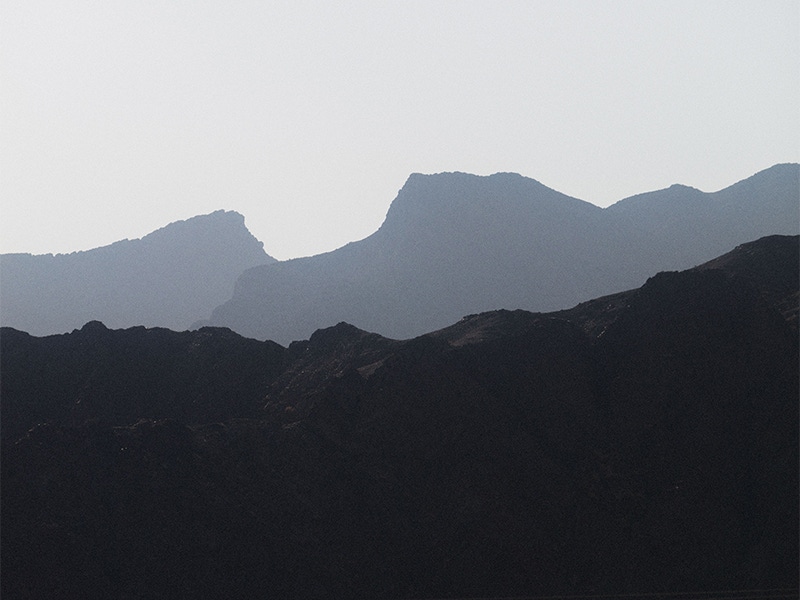
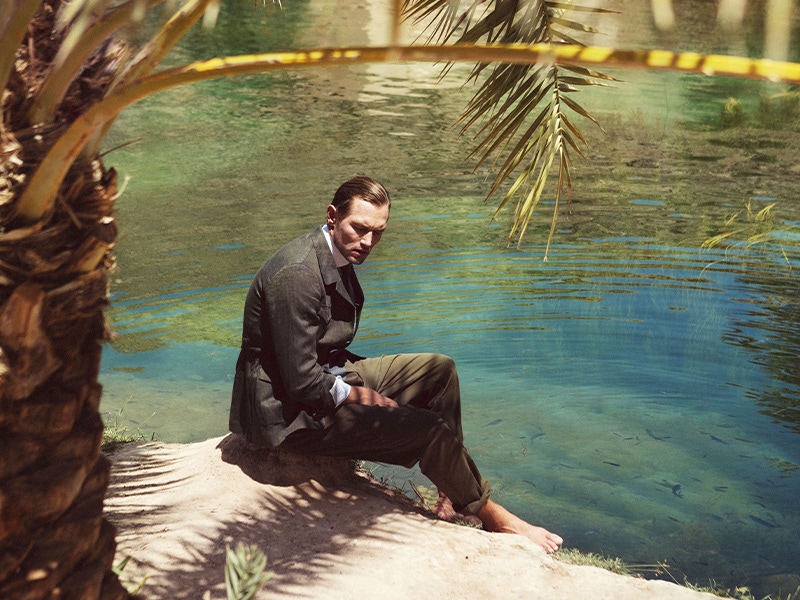
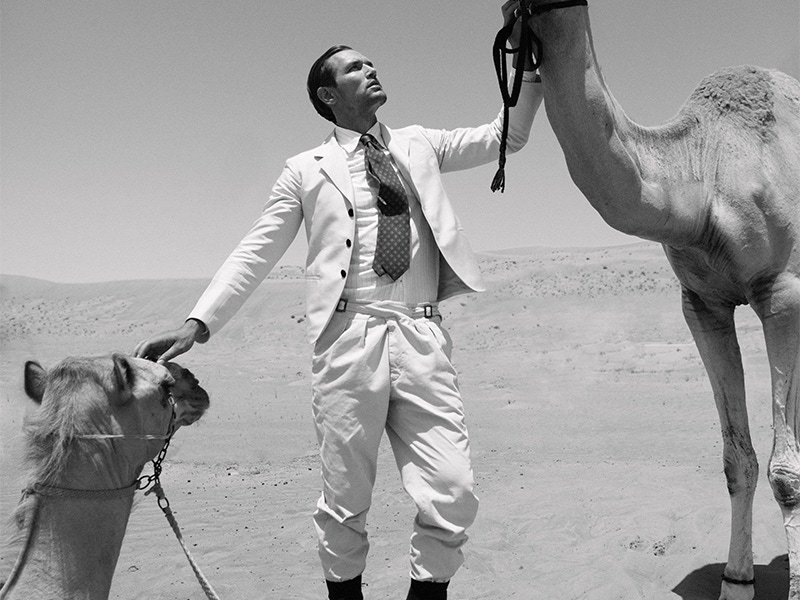
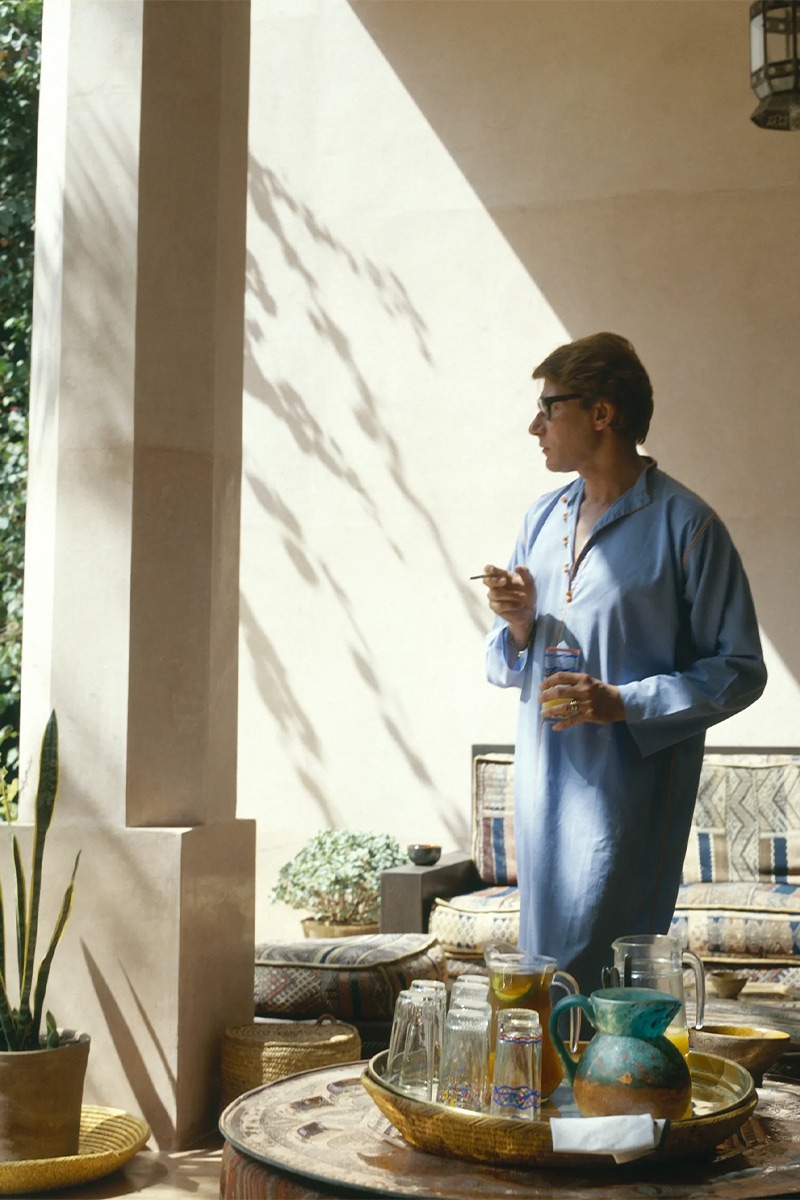
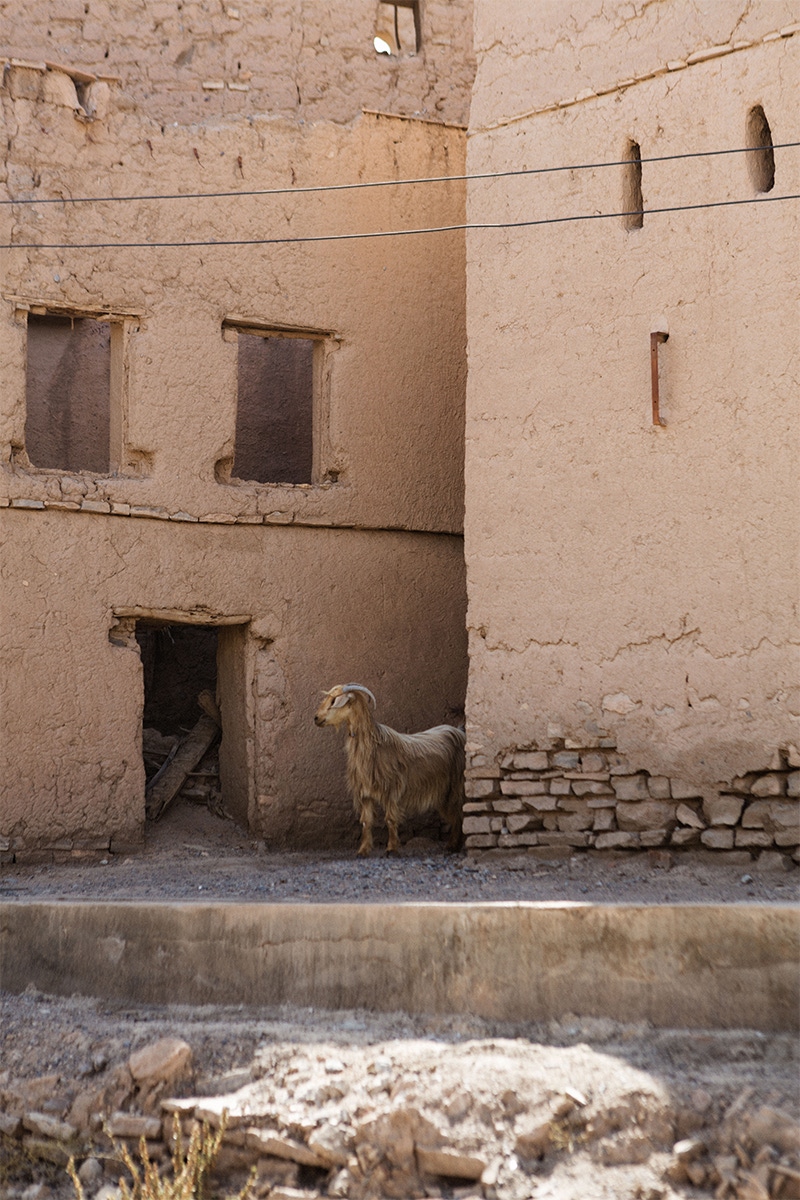
WHAT TO DO
Once you’ve haggled and perused your way through the Medina; a trip to the Casbah quarter should be your next stop. This is where the locals do much of their shopping, and it’s suggested that—should you desire one of those meticulous rugs or lamps—this is the best place to find them at their most authentic and fairly priced. The government-run Centre Artisanal includes trusted vendors and fixed-costs.The Majorelle Gardens, as well as the affixed Yves Saint Laurent house and museum, deserve some of your time in Marrakech. Although frequented largely by tourists, the outdoor-space embodies the traditional Moroccan botanical garden. Be sure to check which exhibitions are showing at the Yves Saint Laurent museum before going. If you have the urge to escape the city walls, you can organise day-trips through your hotel that whisk you away to the Atlas Mountains, or the serene Ouzoud waterfalls. Alternatively, the mysterious empty quarter awaits you, with the deserts of the Atlas offering camel excursions or hikes through isolated—but traditional—Berber villages. Whether you are sitting at a cafe in the city, or into the vastness of the Atlas, Marrakech offers adventurers a myriad of opportunities.



